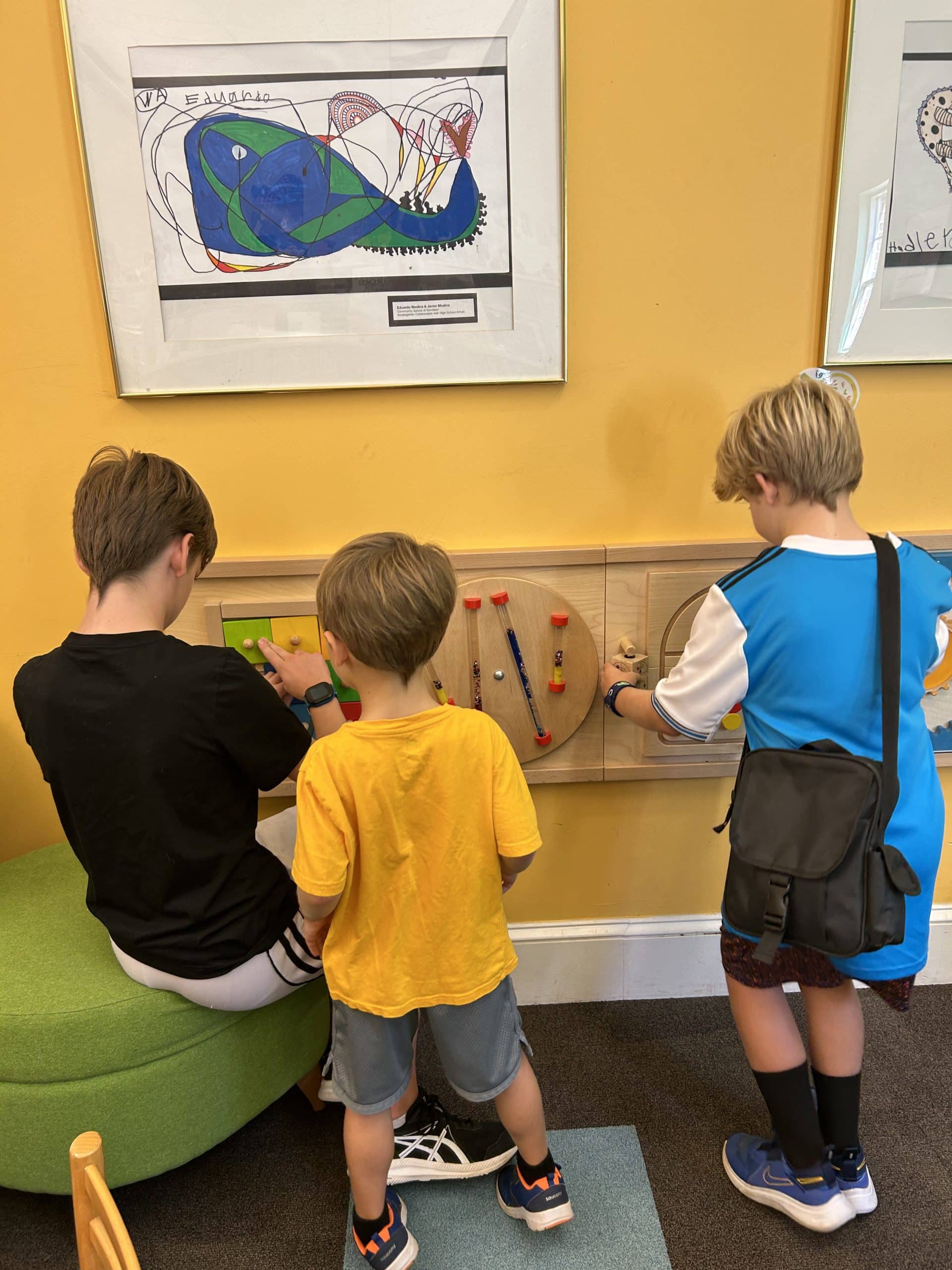AI and classroom math have a place together, but it isn’t easy. The AI algorithm has roots in a complex math concept. Building a foundation of math skills and knowledge must begin in the Pre-K classroom and continue throughout a student’s education.
According to the National Council of Teachers of Mathematics, educators must “stay up to date on current AI trends.” They feel that AI can be a teaching assistant to develop student skills. AI can help by showing students how to develop math skills. Thus providing teachers time to work with students on more complex skills. However, AI tools have unique strengths and weaknesses that students may not understand.
AI and Classroom Math = PD
AI in the classroom begins the teacher’s professional development. Teachers of mathematics need professional development in using artificial intelligence in the classroom, according to an EdWeek Research Center survey.
Teachers must be AI literate to effectively explain its capabilities to students. A student’s issue may lie with the process rather than the answer. AI should assist students in following the correct process to achieve the right answer. This approach fosters student learning.
AI Strengths and Limitations
AI identifies patterns and mathematical expressions. It has fast problem-solving for complex problems. It includes math knowledge to help with problem-solving. AI helps in the planning of lessons and assessments. Teachers get feedback to help with instructional methods and additional problems for students.
Some AI models lack conceptual understanding and reasoning. They also make mistakes in calculations with multi-step problems. A student may be given inaccurate feedback that impacts their learning outcomes.
The data collected by AI raises concerns among educators. They worry about breaches of privacy and the handling of student information. Educators also are uneasy about the over-reliance on AI and the insufficient teacher-to-student interaction.
The Changing Classroom
AI is causing fast changes in education. It opens new areas for individualized learning that engage students. It fills learning gaps by reading a student’s performance patterns. Through interaction with students, it gives support and feedback. In the classroom, artificial intelligence lets students learn at their speed and gives them a path to improve. Thus, support is given to students with learning gaps and students with special needs.
Schools must educate today’s students. Students understand the technology that exists outside of the classroom. They need guidance on navigating this new technology. Thus, Incorporating AI into the classroom needs financial assistance and extensive teaching training.



